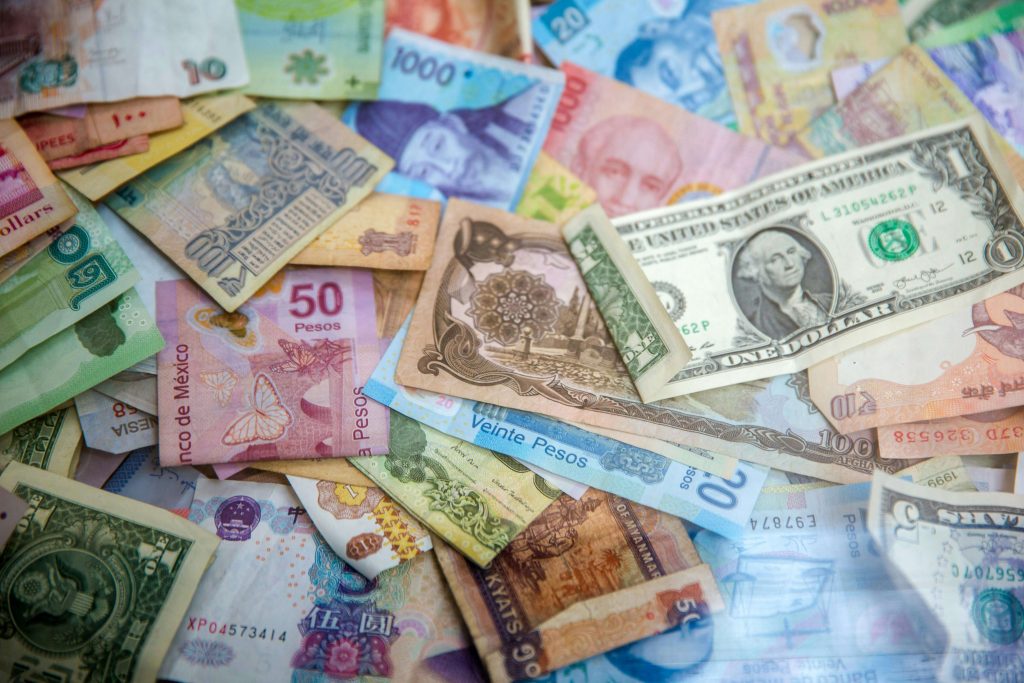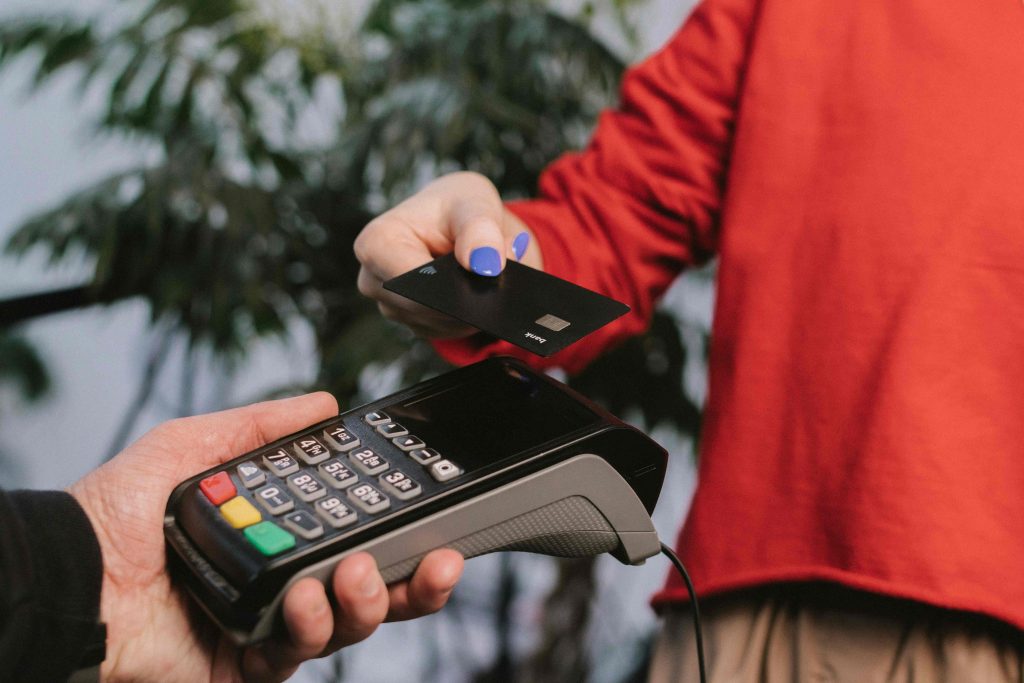Although Iceland is part of Europe, it is not a member of the European Union, which means it uses its own currency—the Icelandic króna (ISK). The króna has some unique characteristics when it comes to payments, and understanding how it works can make your trip smoother.
If you’re planning to travel in Iceland, it’s important to know what to expect when it comes to money. Being prepared can help you avoid unnecessary currency exchange fees, know when cash is useful, and understand local practices like tipping in Iceland. We’ve also included some practical money-saving tips to help you get the most out of your trip. Read on to learn everything you need to know about the currency in Iceland.

What is the Currency in Iceland?
Iceland’s official currency is the Icelandic króna, abbreviated as ISK or commonly shown as “kr”. The currency is issued and regulated by the Central Bank of Iceland and is used for all goods and services across the country. You’ll find the króna available in both coins and banknotes.
While Iceland is part of Europe, it is not a member of the European Union, and therefore does not use the Euro. The official and only accepted currency in Iceland is the Icelandic króna (ISK). We strongly recommend that visitors pay for everything in ISK, even if other currencies like USD or EUR are occasionally accepted in tourist areas.
Some restaurants, hotels, or tour operators might accept foreign currencies, but this is rare and usually comes with unfavorable exchange rates or added fees. Paying in foreign currency often costs you more than simply paying in ISK.
To get the best value, you can exchange your currency for ISK at a certified financial institution in Iceland. Another convenient option is to use your debit or credit card—widely accepted across Iceland. Just be sure to always choose to pay in ISK when the card terminal gives you the option, as this avoids hidden conversion fees.
For travelers keeping an eye on rates, ISK to USD is the most commonly checked conversion. You can view the latest and historical ISK to USD exchange rate charts online before your trip.
Bank Notes and Coins in Iceland
The most frequently used Icelandic coins are kr1, kr5, kr10, kr50, and kr100. Common banknotes in Iceland include kr500, kr1,000, kr2,000, kr5,000, and kr10,000.
💡 Helpful Tip: In Iceland, a decimal point replaces the comma in large numbers. For example, 1.000 ISK equals 1,000 kr, and 5.000 ISK equals 5,000 kr—so don’t let the formatting confuse you when reading prices!
How Much Is 1 USD to ISK? Current Exchange Rate of ISK to USD and Other Currencies
The exchange rate between the Icelandic króna (ISK) and major foreign currencies like the USD and EUR changes regularly based on market trends. As of 2025, the rate for 1 USD to ISK typically ranges between 135–140 ISK, though it has reached as high as 145 ISK in recent years.
For the euro to ISK, the exchange rate commonly falls between 143–155 ISK per 1 EUR.
Since rates fluctuate, we always recommend checking the current ISK exchange rate before using an ATM or exchanging cash in Iceland. You can view live updates and ISK to USD/EUR conversion charts on trusted financial websites or currency apps.
Do I Need To Pay With Cash in Iceland? Paying with Card vs Cash
In most cases, you don’t need to carry cash when traveling in Iceland. Credit cards, debit cards, prepaid cards, and contactless payment methods (like Apple Pay or Google Pay) are widely accepted across the country—even in small towns and remote areas. You can pay by card in nearly all restaurants, shops, hotels, and even gas stations.
If carrying a small amount of cash makes you feel more secure, we recommend exchanging 1,000 to 5,000 ISK—just enough for unexpected situations. Always assume that foreign currencies are not accepted, even in tourist areas.

Should I Exchange Currency Before Visiting Iceland?
While it’s a good idea to keep an eye on Iceland currency exchange rates before your trip, it’s not necessary to exchange money in advance. Iceland is one of the most card-friendly countries in the world, and even locals rarely carry cash.
That said, if you see a favorable exchange rate before departure, you can exchange a small amount of your currency to Icelandic króna (ISK) for peace of mind. Otherwise, you can easily withdraw ISK from ATMs in Iceland or pay directly by card almost everywhere—even for services like rental cars, museum tickets, and guided tours.
Where Can You Exchange Currency in Iceland?
If you need to exchange foreign currency in Iceland, you can easily do so after you arrive. While dedicated currency exchange shops are uncommon—even in Reykjavík—the best place to exchange money is at Keflavík International Airport. There is a currency exchange booth in the arrivals hall and a desk in the departures area, making it convenient to get Icelandic króna (ISK) as soon as you land.
You can also exchange money at most major banks in Reykjavík, such as Landsbankinn or Arion Bank. However, keep in mind that currency exchange services are limited outside the capital, so we recommend exchanging any cash before leaving Reykjavík, especially if you’re planning to explore more remote regions of Iceland.
